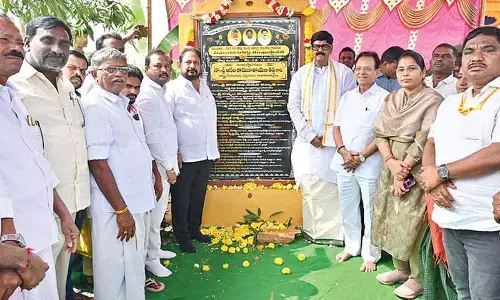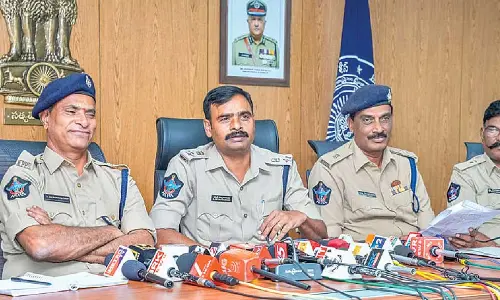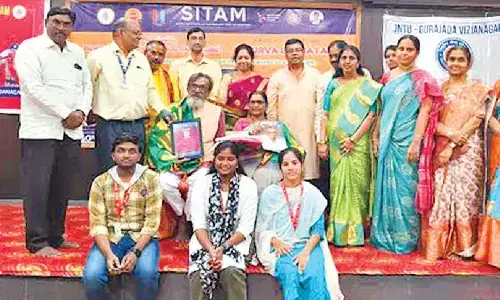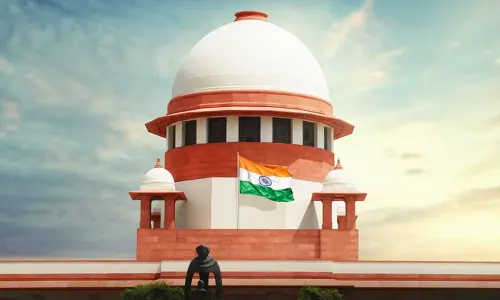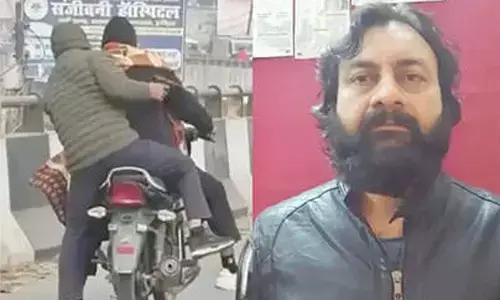Iron Age monuments under threat in Ongole
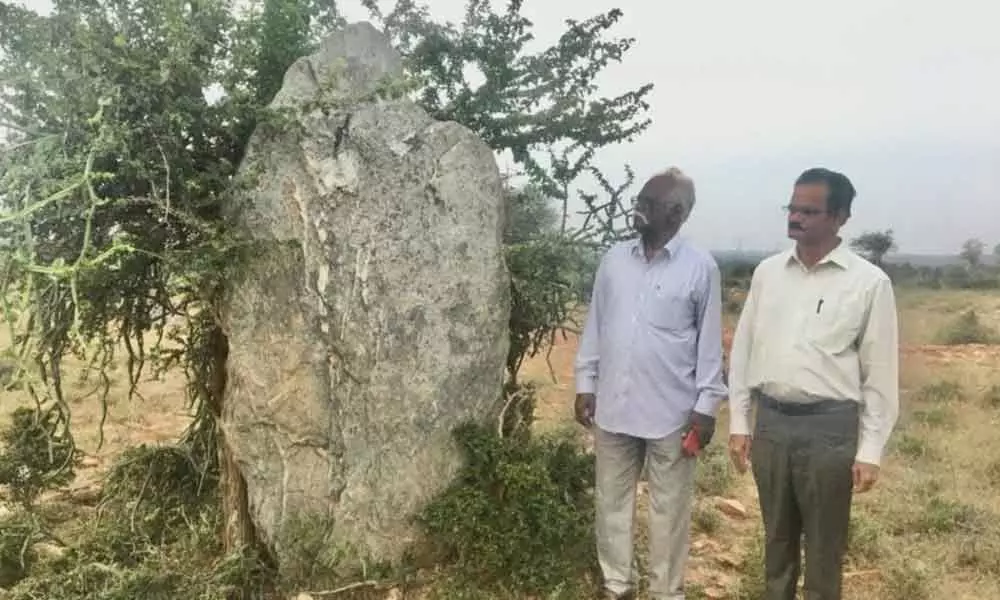
The stone structures are called ‘menhirs’, and the places like these are called ‘avenues’ in archaeological parlance.
Ongole: The details about the life and culture will be reflected in the burial process of that civilisation. In the history of many civilisations, some are influential, some are dominating and some are proven to be better than all others. The historians and archaeologists believe that civilisation has flourished in today's Prakasam district and they show the huge stone pillars in Kanigiri mandal as the proof that this particular civilisation is from the Iron Age.
The historians found that there are more than one 100 pillars erected in a 25-acre square area of land with varying heights and breadth at the ground level, at the north-east corner of the Nelatur Gollapalli village in the Kanigiri mandal of Prakasam district. These pillars are standing still like tombstones for the dead but left with only a few of them to study. The noted historian from the district Vidwan Jyothi Chandramouli was awestruck when he found that these tombstones were installed thousands of years ago but were continuously subjected to the negligence of locals. During the conversations with the locals here, Chandramouli understood that a number of similar rocks were removed from the Earth and used for various construction needs. To know more about the monolithic pillars, Dr Chandramouli invited Dr Emani Sivanagi Reddy to the place recently.
Emani Sivanagi Reddy, the noted historian in the state and CEO of the Cultural Centre of Vijayawada and Amaravati visited the Nelatur Gollapalli along with others and found that the good numbers of huge pillars were erected in the memory of the dead in the megalithic period. He said that the stone structures are called 'menhirs', and the places like these are called 'avenues' in archaeological parlance. He observed that the menhirs erected in front of the Iron Age burials indicated by a heap of pebbles spread the entire area. He said that the menhirs vary in shape and size measuring 3 to 4 feet at the base and 6 to 10 feet in height above the ground and 4 to 5 feet deep buried in the ground and having a thickness of 9 to 18 inches.
As part of the 'Preserve Heritage for Posterity' programme by the CCVA, Dr Sivanagi Reddy along with Dr Jyothi Chandramouli sensitised the local people on the archaeological significance of the Iron Age monuments. He said that it is unfortunate that these archaeological remains, which bear the significance of not only the Prakasam district but also the state of Andhra Pradesh, are misused by the local people for building material. He said that the locals revealed that profuse quantity of pot shreds including red-ware, black-ware, black and red-ware along with iron implements were seen at the time of earth diggings for construction of irrigation canal and road, a long time ago.
Dr Chandramouli and Dr Sivanagi Reddy appealed to the state and central governments to initiate action to declare the site as protected and safeguard the monuments for posterity before the priceless heritage is lost once for all.










